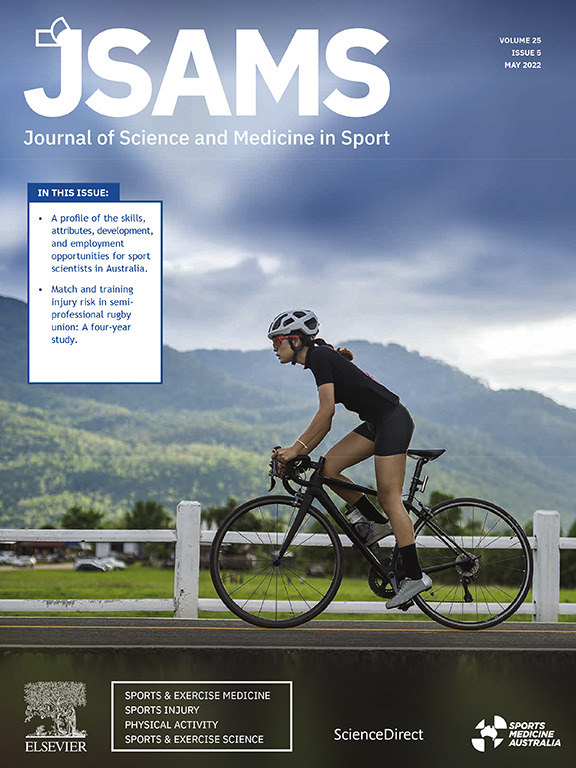Low-Frequency Vibration Facilitates Post-Exercise Cardiovascular Autonomic Recovery
In sports, it is important to use short breaks to accelerate post-exercise recovery. Previous studies have revealed that:
- vibration can reduce post-exercise muscle soreness.
However, there is still high heterogeneity in the effects of vibration on cardiovascular autonomic activities. Most studies to date have focused on high-frequency vibration. The findings of this study provide a method to accelerate cardiovascular autonomic recovery after exercise.
Prepared on the basis of:

Low-Frequency Vibration Facilitates Post-Exercise Cardiovascular Autonomic Recovery. Liu KC, Wang JS, Hsu CY, et al. J Sports Sci Med. 2021 May 25;20(3):431-437
Introduction
Fast post-exercise recovery is helpful for sports players to maintain high performance on the court. Acceleration of autonomic cardiovascular system recovery after exercise also has other advantages. Augmentation of post-exercise vascular relaxation reduces cardiac afterload, and thereby cardiac work. In addition, ventricular arrhythmia is likely to decrease as vagal activity reactivates faster. The effect of vibration on the cardiovascular autonomic system has been investigated less frequently, and the results have been highly heterogeneous. There are few investigations concerning the effects of low-frequency (< 20 Hz) vibration on the cardiovascular system. One study found that 8 Hz lower-body vibration (LBV) accelerates the elimination of metabolic by-products after exhaustive exercise via an unclear mechanism.
- Low-frequency LBV effects have not been studied frequently.
- Application of low-frequency LBV after exercise can reduce peripheral vascular tone, accelerate heart rate recovery, decrease cardiac sympathetic nerve activity, and promote parasympathetic nerve activity, with effects more pronounced at 15 Hz vs 5 Hz.
- The findings provide a method which can be helpful to maintain exercise performance and may find application in competitive sports.
Results and conclusions
Ten male and 9 female healthy subjects aged 20 to 25 years old were recruited. The study was performed in accordance with the Declaration of Helsinki and was approved by the Institutional Review Board of Chang Gung Memorial Hospital. A randomized design with a predetermined random number table was used to eliminate any order effects. Each subject visited the testing room three times with at least 2 days in between. At each visit, the participants received 2 tests with a 30-minute rest, followed by LBV administered at one of three frequencies (0, 5, 15 Hz) in a random order for 10 minutes while sitting. Vertical vibration was used at an amplitude of 4 mm (AV009, BODYGREEN Technology Co., Ltd, Taiwan).
The study found that the application of low-frequency vibration after exercise can reduce vascular tone, as indicated by a lower RI and longer PPT. Low-frequency vibration accelerates heart rate recovery, reduces sympathetic nerve activity and facilitates parasympathetic nerve activity. This effect was evident when 15 Hz LBV was applied and was not observed at 5 Hz. The present study further confirmed that applying 15 Hz vibration immediately after exercise also exhibited vasodilatory effects. Endothelin secretion reduction and endothelial nitric oxide production may play a role in vibration- induced vasodilation. Low-frequency LBV applied in the sitting posture after submaximal exercise reduces small artery resistance, accelerates heart rate recovery, attenuates sympathetic nerve activity, and promotes parasympathetic nerve activity. The effect is more pronounced at 15 Hz than at 5 Hz.
More in:


